

The simplest method to measure distances using pulsed waves is the “time-of-flight” method. The distance to an object is determined by measuring the time it takes for a laser pulse to travel to the target object and back to its origin after reflection. In general, this method lacks accuracy. Indeed, in order to accurately measure a difference in distances ranging between 1 and 10 micrometers with a normal laser, one would need to measure the time-of-flight difference at the femtosecond scale. Detectors with such time precision levels however do not exist and instruments using the time-of-flight method can not reach the micrometer accuracy level.
By contrast, Dr Kourogi et al. developed a time-of-flight technique that rely on the multiple lasing frequencies of OptoCombs to drastically improve this accuracy. Using two OptoCombs serving respectively as a reference and a probe, and knowing the phase difference between all teeth of the combs, it is possible to expand the time-scale needed to measure the time-of-flight difference by a factor 50,000. As a result the time needed to measure micrometer distances is not at the femtosecond level any more but orders of magnitude longer, at the nanosecond level. Such a time-scale is compatible with commercially available detectors and the intrinsic features of OptoCombs thus allow for measurements at the micrometer accuracy level.
View more
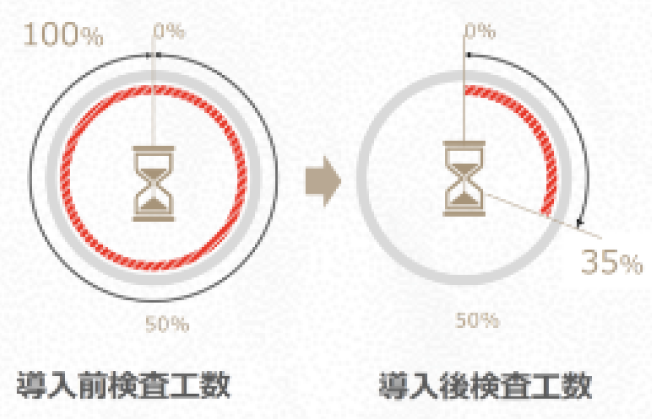

Optcomb
View more
The optical frequency comb (OptoComb) is said to be the world’s most accurate ruler for the measurement of both frequency and time. It is a special type of laser made of sharp and evenly spaced spectral lines resembling the teeth of a comb. The OptoComb concept was discovered in 1993 by Dr Kourogi, currently Director and Honorary Fellow at XTIA. While pursuing his work as a leading researcher in optical comb technology, Dr Kourogi contributed to the research of John Hall and Theodor Hänsch, who were awarded the 2005 Nobel Prize in Physics, in which the development of the optical frequency comb played a major role. The OptoComb is a special kind of light that has the properties of both a monochromatic laser and polychromatic white-light. Therefore, it has the following characteristics:
・It contains light at many frequencies.
・The light of each frequency is a laser with a narrow spectral width
・The frequency intervals between each laser line are all the same
・The phase of each laser frequency is aligned.
In the time domain, the waveform of the OptoComb is a periodic train of sharp pulses with individual widths shorter than 1 picosecond, and an interval of several tens of picoseconds, as shown in the figure above. Dr Kourogi paid attention to these properties of the OptoComb and thought that if it could measure time with high precision, there was a possibility of applying it to high-precision distance measurement and 3D scanning.
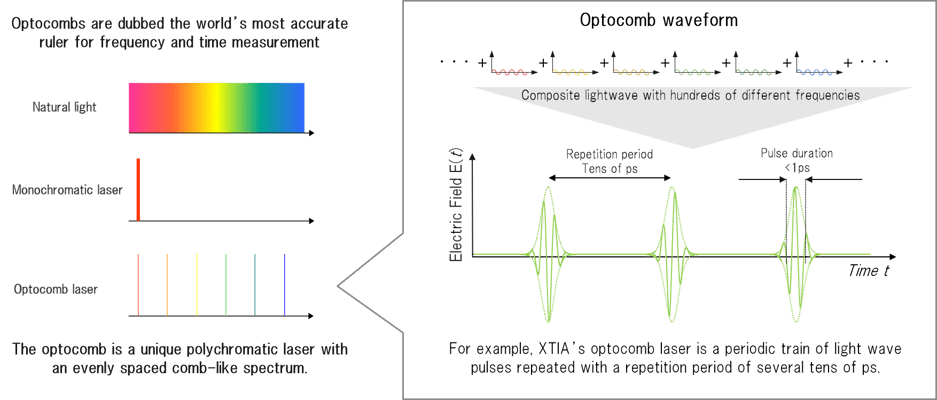
advantages
View more
01
Thanks to their unique coaxial configuration, OptoComb 3D scanners by XTIA circumvent the shadowing effects that hinder traditional optical sensors. With their long working distance, OptoComb scanners can thus probe objects deep into holes and slits and provide the full 3D profile of the most complex parts: cylinder heads, valve bodies, rotors…
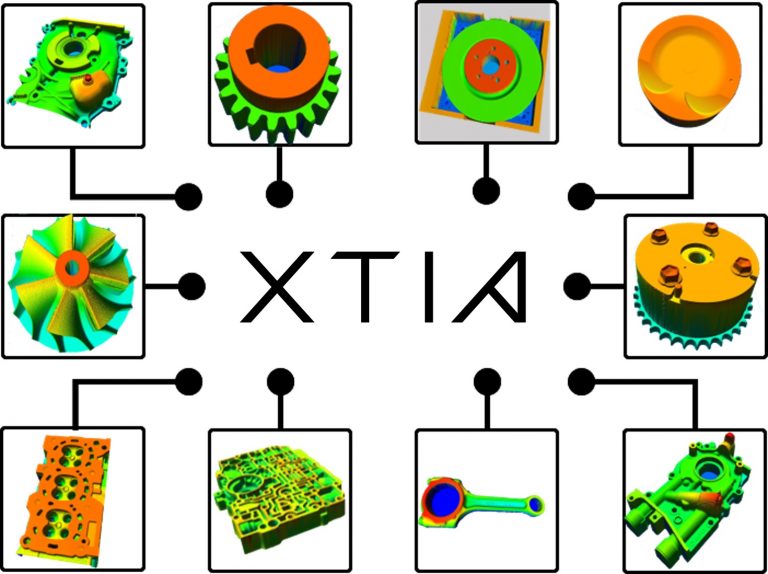
02
OptoComb 3D scanners can acquire up to 500,000 data points per second. This leads to a scanning process drastically faster than traditional contact measurement methods. Our scanners can thus meet short cycle time and they are routinely integrated in-line for the automated inspection of 100% of parts.

03
With their unique measurement scheme, OptoComb scanners can achieve such a performance while reaching a resolution as high as 1μm along the laser axis. This is of course essential for dimensional inspection, in a context where manufacturing processes are becoming more precise while design tolerance are getting tighter. Furthermore, it can be leveraged to optimize the visual inspection process. Unlike traditional contact inspection methods, OptoComb 3D scanners can detect and provide quantitative information on a large range of 3D microdefects such as dents, scratches, particles, burrs and more.
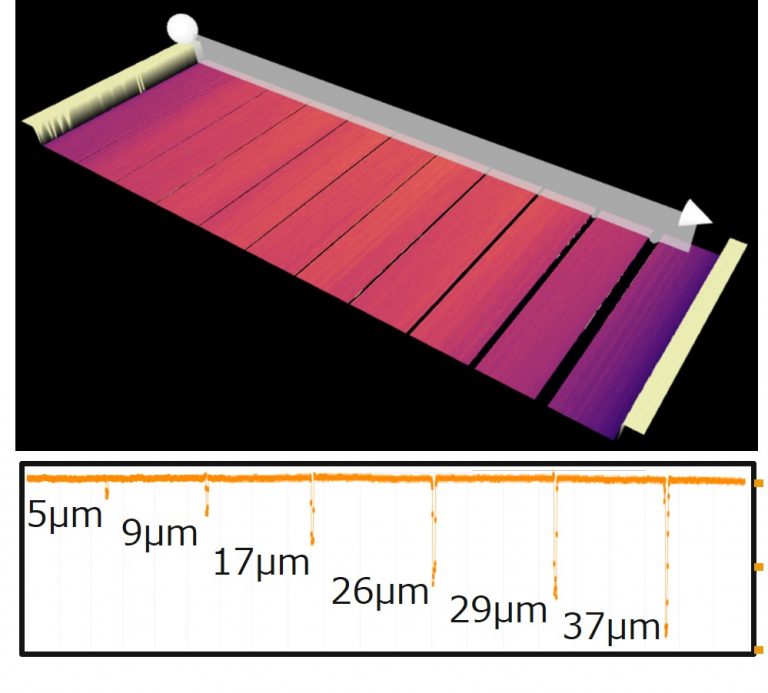
04
Furthermore, as opposed to a lot of optical sensors out there, the interferential detection scheme of OptoComb 3D scanners prevents the system from being affected by the ambient light. They are thus the ideal solution for the inspection of both matt and shiny parts on the manufacturing floor whatever the light environment.
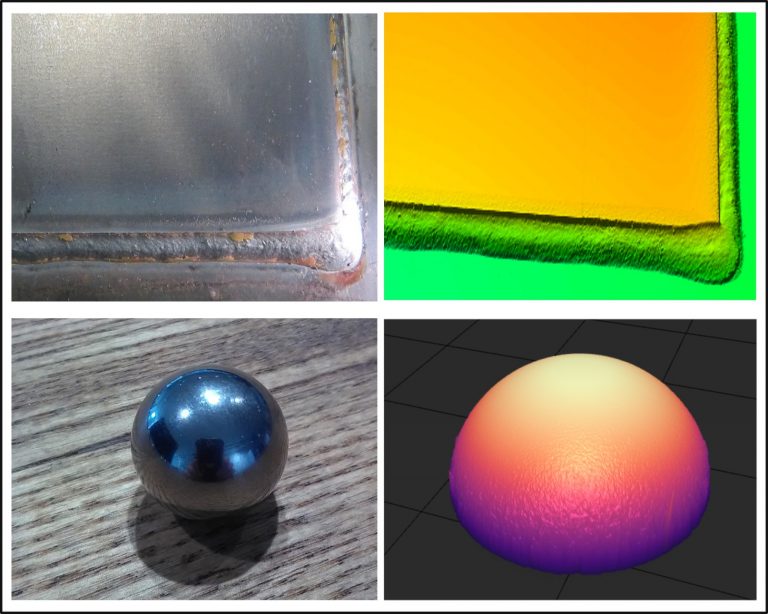
Applications
View more
Superiority
View more